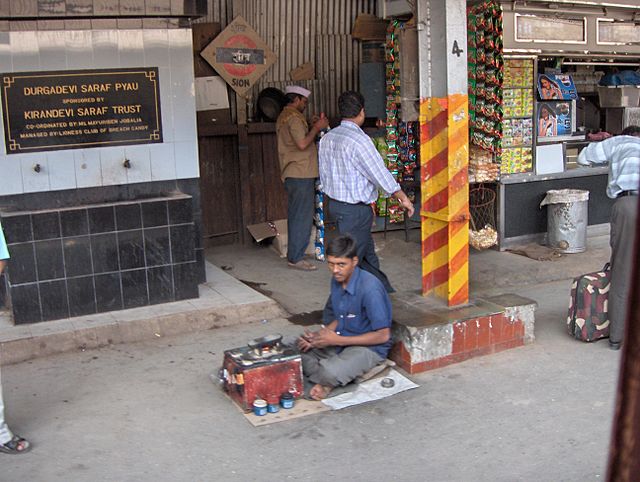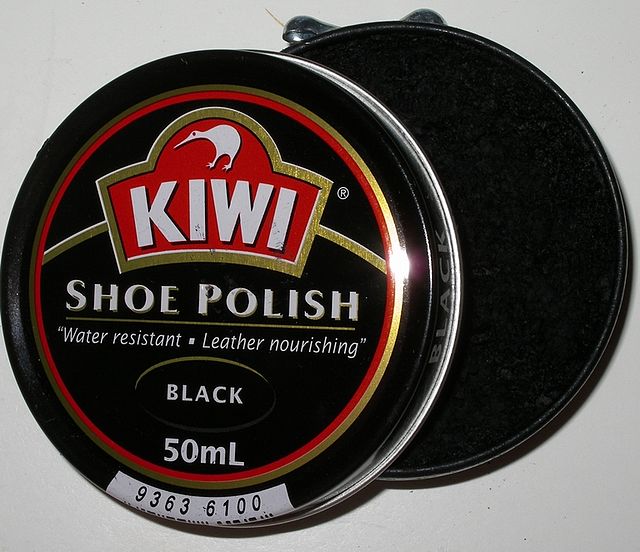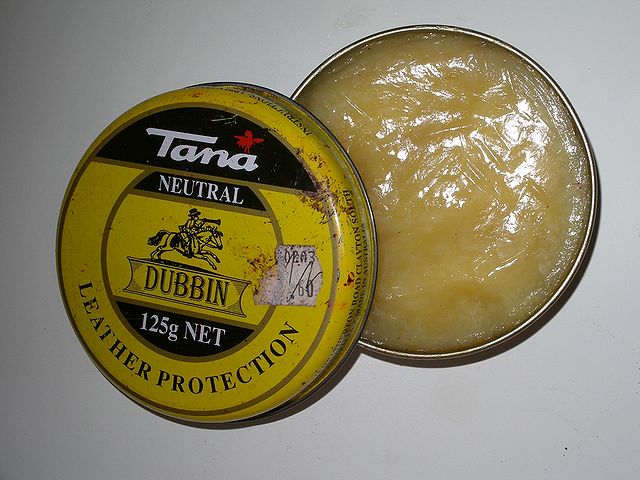Shoeshiner or boot polisher is an occupation in which a person cleans and buffs shoes and then applies a waxy paste to give a shiny appearance and a protective coating. They are often known as shoeshine boys because the job was traditionally done by a male child. Other synonyms are bootblack and shoeblack. While the role is denigrated in much of Western civilization, shining shoes is an important source of income for many children and families throughout the world. Some shoeshiners offer extra services, such as shoe repairs and general tailoring. Some well-known people started their working life as shoeshiners, including singers and presidents.
A boot polisher on a railway platform in Mumbai, India.
The earliest reliably dated photograph of a person, taken in spring 1838 by Daguerre, shows a person getting a shoeshine.
The Independent Shoe-Black by John Thomson, 1877.
Shoeshiner at work in Tepotzotlan, Mexico.
Shoe polish, also known as boot polish and shoeshine, is a waxy paste, cream, or liquid that is used to polish, shine, and waterproof leather shoes or boots to extend the footwear's life and restore its appearance. Shoe polishes are distinguished by their textures, which range from liquids to hard waxes. Solvent, waxes, and colorants comprise most shoe polishes. Shoe polish has been around since medieval times, originally made with dubbin. Originally, it was not used to shine shoes; the popularity of shoeshining that rose during the early 1900s led to many shoe polish formulas being incorporated with a shining agent.
An open can of shoe polish with a side-mounted opening mechanism visible at the top of the photo
An open can of dubbin
English Army Blacking from 1895
Payaso (clown) brand shoe polish from mid 20th-century Mexico, part of the permanent collection of the Museo del Objeto del Objeto.








